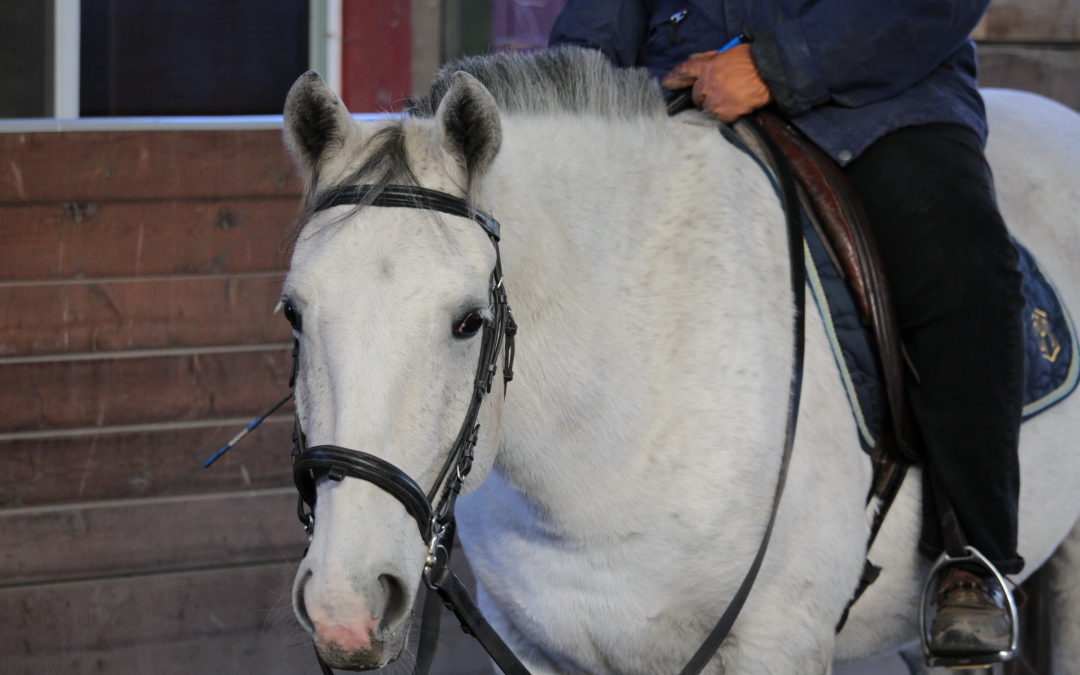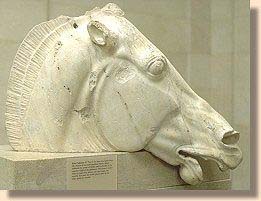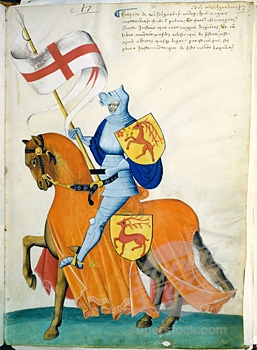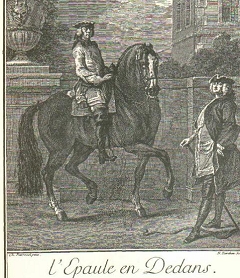
by Craig Stevens | Dec 31, 2014 | Craig Stevens' Blog
The aids we create are as real as our perceptions of them. The aids the horse makes are what is real for the horse. Between the two is an awareness; a feeling and a thought, these come and go but here is the world which is found in touch. Physical or not, we and the horse touch through attention. Attention is only fully aware when meaning arises and in this there is always a cadence. Touch is the foundation and in non touch we come to know something about the nature of touch. Between what is and what is not is the world of mind. When authentic confidence arises no deception is present but in meaning we understand truth or find false prophets by this thing which we call mind turns. So much space is present in our work in dressage. False confidence collapses space. It permits mind to only look in the direction of its desire. This is the door to our passion, ignorance and aggressions. To advance in our relationship with the horse is to see not only the objects of our dressage but the space in which it is created and to find the space in our touch. Contrast is the leap between points of orientation. We come to understand the aids not in terms of fixed points but in terms of a range through space and time. When we find the life force true, we find the cadence of our aids and then can converge dynamically with the horse’s time. This is called harmony. You know you have entered into this space in harmony, not just by...

by Craig Stevens | Dec 30, 2014 | Craig Stevens' Blog
Formal practice in dressage has many aspects but it breakdowns into a practice guided by how we move in harmony with the horse through three basic gestures of feeling, being, and touching. To add to this are the ten directions which are the eight points of the compass plus up and down. The touch has three qualities; light gentle and firm. Feeling contains cardinal, mutable and fixed. Being contains space with four densities (the elements of old). To this add cadence is always in three beats at least but usually four. Writing this down has a certain value for those who are experientially introduced to these ideas but the simple intellectual grasp of these ideas may confuse more than they illumine. Mostly the seemingly complex array of principles serve no other purpose that a device to open up a world of very subtle feeling which form the foundation of the language of equitation. Add to this an appreciation of the geometry and proportions of the structure and the native movements of the horse and we enter into a world that in the end, abandons the vestiges of verbal language. There are textures here that only an educated mind can experience/feel. We step beyond words and back to the mind of a child which is in us which is both good and kind. It is always a surprise how hard people work to keep themselves from experiencing this kind of work while in the next moment they proclaim a love of the horse. Mistakes made in kindness and gentle approach are not really mistakes. Rather such actions are the dialog which between two...

by Craig Stevens | Dec 27, 2014 | Craig Stevens' Blog
The practical study of dressage can be divided into a threefold practice of: ethical, technical and reflective dressage. Ethical dressage refers to the manner of practicing so as to not create harm to the horse/ human ensemble, so as to be of benefit to both beings. In this we produce a true calm based on trust. Technical dressage is at once knowledge and insight of the mechanics and psychological principles added to a path of an almost contemplative learning. This part is the study and reflection in which the practitioner explores the nature of reality for the horse and human. Here we discover a gentle and free forwardness. Reflective dressage is the development of mindfulness and practical awareness. It is the practice of the centaur, which is a natural process of allowing oneself to rest in harmony with the physical and mental movements of the horse/human ensemble. Here we discover straightness free of aggression which rests in trust and kindness. In the art of dressage, we seek to join the movement, and the moment in time with the principles which are always in play. We examine the nature of the psychological environment (thoughts, emotions, and physical sensations) and try to discover the inherent harmony which underlies the unity of being in the horse and human. Here is the lightness which is free from any doubts. In the high art, dressage is a practice based on real experience, rather than on blind belief or theoretical abstraction. It is never about schools or methods. It is always about the quality of life expressed in the combined experience of the horse and human. It is not just about the riding but about...

by Craig Stevens | Dec 26, 2014 | Craig Stevens' Blog
The 14th century, Dom Duarte, King of Portugal’s work, “Livro da ensinanca de bem cavalagar toda sela” is the first detailed treatise on equitation since Xenophon’s books. It was summarized by a 19th century Portuguese scholar in one sentence, “no one can be a good rider without mental and spiritual preparation. The young rider cannot reach the upper spheres of the equestrian art without “spiritualizing” his apprenticeship.” This has been a consistent theme in so many of my posts and in this dark age for equitation we find a materialization of the horse to be at the core of the problem presented in what is termed, “dressage” in our modern world. This materialization is demonstrated in the modern vision of the upper level horse. It is useful to understand that what we call “upper level” would have been considered the preparation for a horse to begin high school work. So it is, in the proper training of the horse, we would consider the Olympic level as being really medium level. Modern horse people find such statement hard to understand because we consider, in our vanity, everything produced today as superior to the past, but is it? What we have lost is the ground level connection to life itself. In our hunger for bigger and better gadgets we have sadly lost our connection with what makes us good human beings. We have lost kindness and compassion and exchanged them for self interests. We can only find joy in our lives through what we can give to others and not what we can take for ourselves. This is so abstract and...

by Craig Stevens | Dec 25, 2014 | Craig Stevens' Blog
So I got off my last horse of the day, thinking about each of my horses in training and what gifts they have given me this year. It has been yet another amazing year. I have received so much. I always think that this work cannot get any lighter, gentler and kinder and yet again it does. There is a softness that I have found this year which is very different. I so want to share it with my students but I do not have the skill with words to capture exactly what this means. This makes me an unwilling mute as this year more than any other I have discovered the inadequacies of the spoken word. The old masters did not write much and there are a lot of reasons that this was so but the realization of the inability of words to capture dressage has to be one of them. On another level I want to share this with the world but it is a conversation with the deaf. Even with clever words and crafted phrases, the mind must learn to hear. Deafness is a funny problem. It is one I know only too well from my personal experience. It not that one does not hear the words. The sounds and words are plain enough. There is more. There is those who deny what is being said; judging correct and incorrect like a game of whack-a-mole, ready to whack any idea down the moment it comes up. Sadly fearful and protecting the ground of what they think they “know” while not even knowing that this is what...







Recent Comments